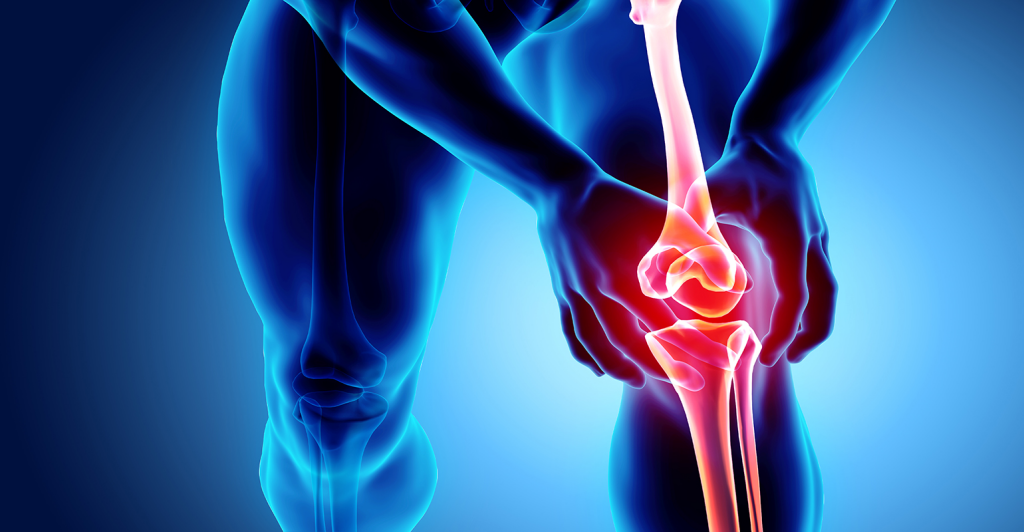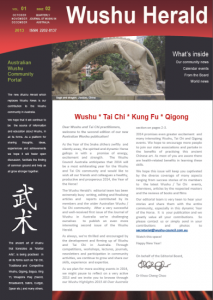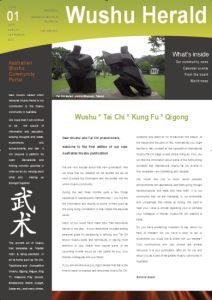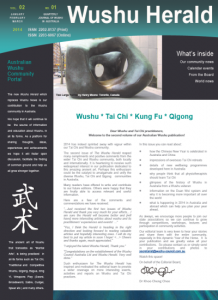Impacts of Tai Chi Exercise on Functional Fitness in Community-Dwelling Older Adults with Mild Degenerative Knee Osteoarthritis: a Randomized Controlled Clinical Trial
BMC Geriatrics volume 21, Article number: 449 (2021)
by Po-Yin Chen, Chen-Yi Song, Hsin-Yen Yen, Pi-Chu Lin, Su-Ru Chen, Liang-Hsuan Lu, Chen-Li Tien, Xin-Miao Wang & Chueh-Ho Lin
Abstract
Background
Degenerative osteoarthritis (OA) often leads to pain and stiffness of the affected joints, which may affect the physical performance and decrease the quality of life of people with degenerative knee OA. Compared to traditional exercise, tai chi is a safe exercise with slow movements which can facilitate physical functioning and psychological well being, and might be suitable for improving the physical activities of older adults with knee OA. Therefore, this study investigated the impacts of tai chi exercise on the functional fitness of community-dwelling older adults with degenerative knee OA.
Methods
Sixty-eight community-dwelling older adults with knee OA were recruited from the local community to participate in this randomized controlled clinical trial. All subjects were randomly assigned to either an TCE group that practiced tai chi exercise (TCE) (n = 36) or a control group (CON) (n = 32) that received regular health education programs twice per week for 12 weeks. Outcome measurements were determined using functional fitness tests before and after the intervention, including a 30-s chair stand (number of repeats), 30-s arm-curl (number of repeats), 2-min step (number of steps), chair sit-and-reach (reaching distance, cm), back-scratch flexibility (distance between hands, cm), single-leg stand (time, s), functional reach (reaching distance, cm), 8-foot up-and-go (time, s), and 10-m walk tests (time, s). Pre-post comparisons of functional fitness were analyzed using the ANCOVA test with SPSS software version 18.0.
Results
Results revealed that participants’ functional fitness in the TCE group had significantly higher adjusted mean post-tests scores than that in the CON group after the intervention, including the 8-foot up-and-go (s) (mean difference [MD]=-2.92 [-3.93, -1.91], p = 2.39*10− 7), 30-s arm curl (MD = 4.75 (2.76, 6.73), p = 1.11*10− 5), 2-min step (MD = 36.94 [23.53, 50.36], p = 7.08*10− 7), 30-s chair stand (MD = 4.66 [2.97, 6.36], p = 6.96*10− 7), functional-reach (MD = 5.86 [3.52, 8.20], p = 4.72*10− 6), single-leg stand with eyes closed (MD = 3.44 [1.92, 4.97], p = 2.74*10− 5), chair sit-and-reach (MD = 3.93 [1.72, 6.15], p = 0.001), and single-leg stand with eyes opened (MD = 17.07 [6.29, 27.85], p = 0.002), with large effect sizes (η²=0.14 ~ 0.34).
Conclusions
Community-dwelling older adults with knee OA in the TCE group had better functional fitness performances after the 12-week tai chi intervention than those receiving only health education.
About the Author(s):
Po-Yin Chen
Department of Physical Therapy and Assistive Technology, National Yang-Ming University, Taipei, Taiwan, Republic of China












